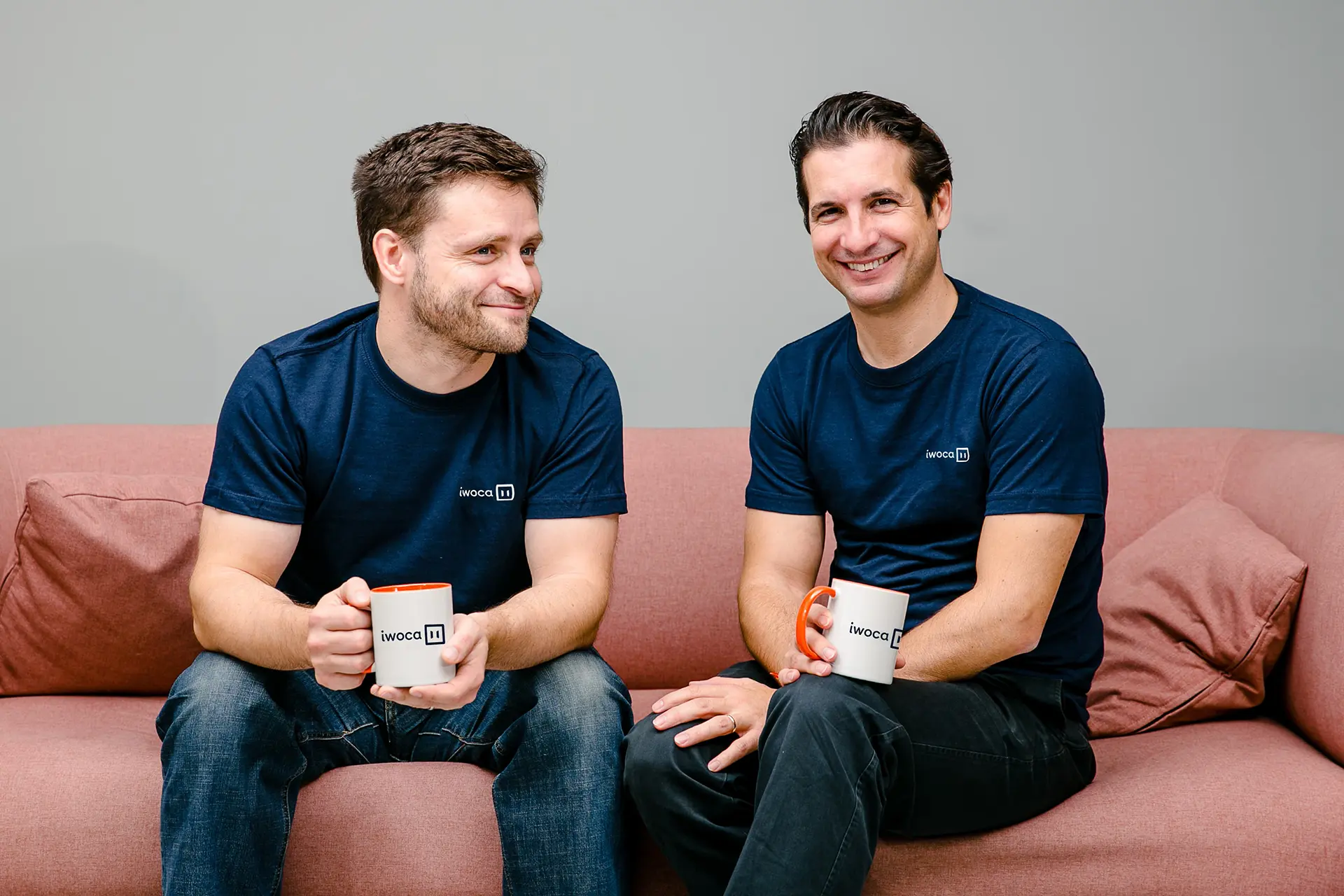Be Brave, Not Reckless: How Small UK Brands Are Quietly Turning Markets on Their Head
Disruption is a word that’s been over-hyped, over-sold, and often misunderstood. It’s not just about being louder, cheaper or faster, it’s about being braver.
Real disruption happens when a business looks at an industry rulebook, spots the flaw everyone else ignores, and decides to rewrite it.
That kind of thinking isn’t reserved for billion-pound unicorns. Some of the UK’s most exciting challenger brands started small, stayed focused, and used strategy, not just swagger, to out-think their bigger rivals.
Here’s how eight of them did it, and what their stories teach us about the power of brave brand strategy.
1. Oddbox: Finding Value in What Others Reject
Every year, UK supermarkets reject around 3 million tonnes of fruit and veg because it’s not “perfect” enough. London-based Oddbox turned that absurdity into an opportunity, collecting “wonky” or surplus produce directly from growers and delivering it to customers via subscription boxes.
They didn’t just build a brand, they built a movement. Their customers aren’t just buying fruit, they’re rescuing it. And that small emotional shift changed everything.
Why it worked: Oddbox reframed waste as value. They used storytelling and purpose to give a humble box of veg cultural weight.
What Bravedog sees: This is purpose-driven strategy in its purest form, clarity, consistency, conviction. For small brands, purpose isn’t fluff. It’s your engine. With the right brand strategy, you can identify what your industry throws away, literally or metaphorically, and make it your differentiator.
2. Odd Muse: Turning Social Energy into Brand Equity
Odd Muse didn’t launch with a big PR budget or a flagship store. Founder Aimee Smale started the business from her bedroom, making limited-run luxury dresses and telling her story online. TikTok did the rest.
Within two years, the brand grew from micro-startup to multi-million-pound SME, powered by authenticity, community and a strong sense of who they were for.
Why it worked: They understood that brand is built through behaviour, not billboards. Their community saw a founder, not a faceless company, and responded.
What Bravedog sees: In a world where “influencer” often means inauthentic, Odd Muse shows the power of being real and relevant. Small brands can’t out-spend, but they can out-connect. Strategic brand foundations give you the clarity to communicate with consistency, the difference between going viral and building value.
3. The Protein Works: Owning Your Space, Not Just Your Shelf
Launched in Runcorn in 2012, The Protein Works didn’t try to out-muscle global giants like MyProtein. Instead, they built their own direct-to-consumer ecosystem.
By creating their own manufacturing facility and brand platform, they controlled everything, quality, pricing, customer experience, tone of voice.
They weren’t just selling shakes, they were selling control, trust, and a sense of belonging.
Why it worked: They built vertically. Rather than relying on retailers, they turned supply-chain ownership into brand credibility.
What Bravedog sees: Strategy isn’t just creative, it’s operational. Owning your process gives you creative freedom. For smaller manufacturers, thinking beyond product into brand ecosystem can be the most powerful disruption of all.
4. Squeaky Bean: Making Vegan Fun Again
The plant-based market has exploded, but for years it came with a side of moral superiority and beige packaging. Squeaky Bean threw that out the window. Their pitch was simple, make vegan food taste indulgent and look fun.
From cheeky tone of voice to bold visuals, Squeaky Bean disrupted the assumption that veganism had to mean compromise.
Why it worked: They recognised that culture had shifted, vegan consumers didn’t want to be “worthy,” they wanted flavour and personality.
What Bravedog sees: Tone is a weapon. A brand’s voice can be as disruptive as its product. For SMEs, that’s an accessible route to difference, you don’t need millions, you need attitude anchored in strategy.
5. Montirex: Re-drawing the Sportswear Map
Founded by two friends in Liverpool, Montirex spotted something simple, sportswear had become too expensive for its core audience. By cutting out retail mark-ups and using digital channels, they offered premium-feeling kit at a fair price. Within a few years, they were selling in JD Sports and sponsoring athletes, a northern start-up taking on global players.
Why it worked: They combined credibility, real athletes, real performance, with cultural relevance. It’s local pride meets smart positioning.
What Bravedog sees: This is the kind of challenger energy we live for. Strategy doesn’t have to be complicated, it’s about finding where people are being priced out, ignored or bored, and giving them something they actually want. With the right brand and market insight, small businesses can turn community into competitive edge.
6. Kriya: Disrupting Business Finance, Not Banking
While consumer fintech dominates headlines, Kriya focused on something different, B2B finance for small businesses. They streamlined invoice financing, payments, and cashflow management, embedding these tools directly into business platforms. In short, they gave SMEs access to financial tools once reserved for corporates.
Why it worked: They found the blind spot of the big banks, the underserved SME sector, and built tech that removed friction, not added features.
What Bravedog sees: This is strategic empathy in action. The best brands don’t just solve a problem, they simplify lives. For service-based SMEs, it’s a reminder, understand your audience so deeply you can design around their pain points.
7. Higgidy: Scaling Craft Without Selling Out
Founded in 2003 from a Sussex kitchen, Higgidy grew from home-baked pies to supermarket mainstays without losing soul. Their brand didn’t lean on “artisan” clichés, it owned imperfection. Hand-finished pies, hand-written packaging, hand-drawn illustrations. It felt human in a sea of mass-production.
Why it worked: They made “homemade” a premium asset, not a compromise.
What Bravedog sees: Brand isn’t just design, it’s how you scale values. Many small producers fear growth will dilute authenticity. Strategic brand architecture protects that, it defines what scales and what stays sacred.
8. Iwoca: Levelling the Financial Playing Field
Iwoca began in 2011 with a radical idea, make business loans as fast and flexible as consumer credit. They used data and open banking to offer funding to SMEs often ignored by traditional lenders. Their tech didn’t just speed up approvals, it re-wrote what “access to capital” looked like.
Why it worked: They made finance feel human again, fast, transparent, accessible.
What Bravedog sees: Every market has gatekeepers. The disruptors find ways to open doors. For smaller B2B brands, the lesson is simple, if your customer feels locked out of something, information, access, opportunity, that’s where you step in.
The Common Thread: Disruption with Discipline
Each of these brands has courage, but not chaos. They’re not rebels for rebellion’s sake, they’re strategic, grounded, and relentlessly customer-focused.
That’s what being brave really means. It’s not diving in head-first, it’s choosing to leap with intent, not impulse.
At Bravedog, we work with businesses who think like this. The ones who want to challenge, sharpen, and grow with purpose and profit.
We help them:
THINK: uncover the insight behind the opportunity.
DO: turn that strategy into something tangible.
BE: live it through brand, tone, and behaviour.
Because disruption without direction burns out fast. Strategy gives it power.
Ready to Shake Things Up?
If you’re ready to move your business from “steady” to “stand-out”, talk to us.
We’ll help you find your space, define your story, and create the clarity to move boldly without breaking things that matter.


